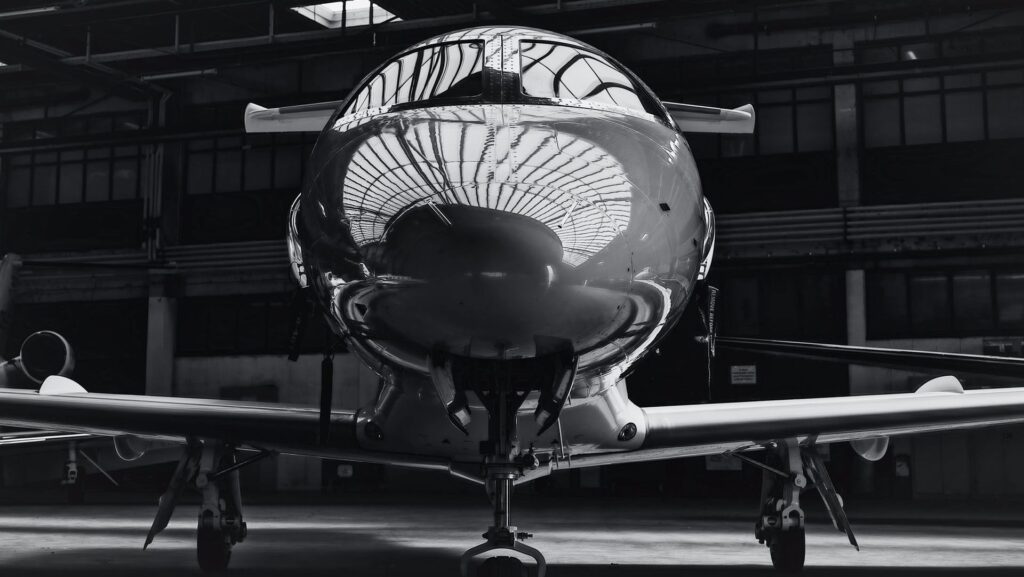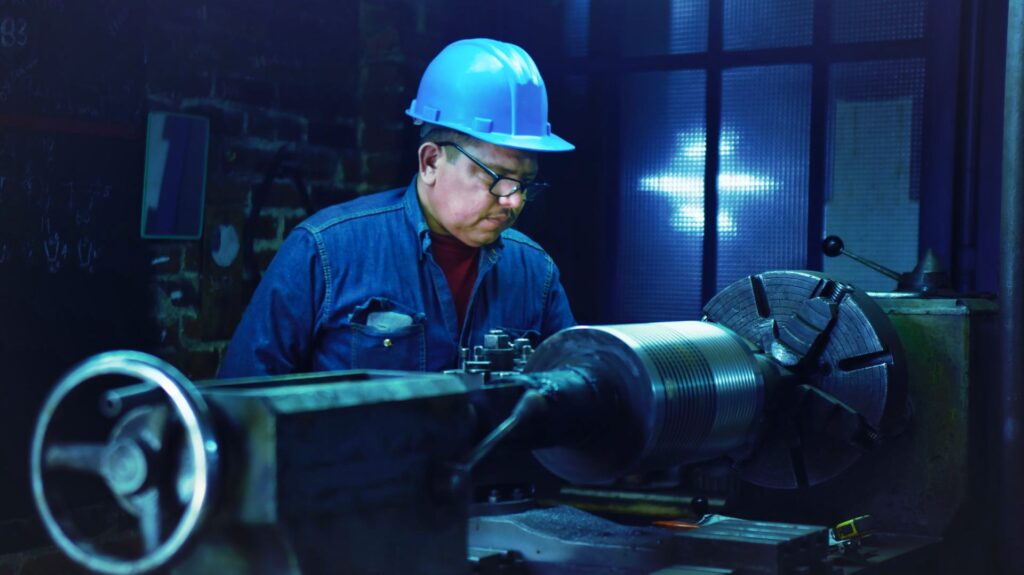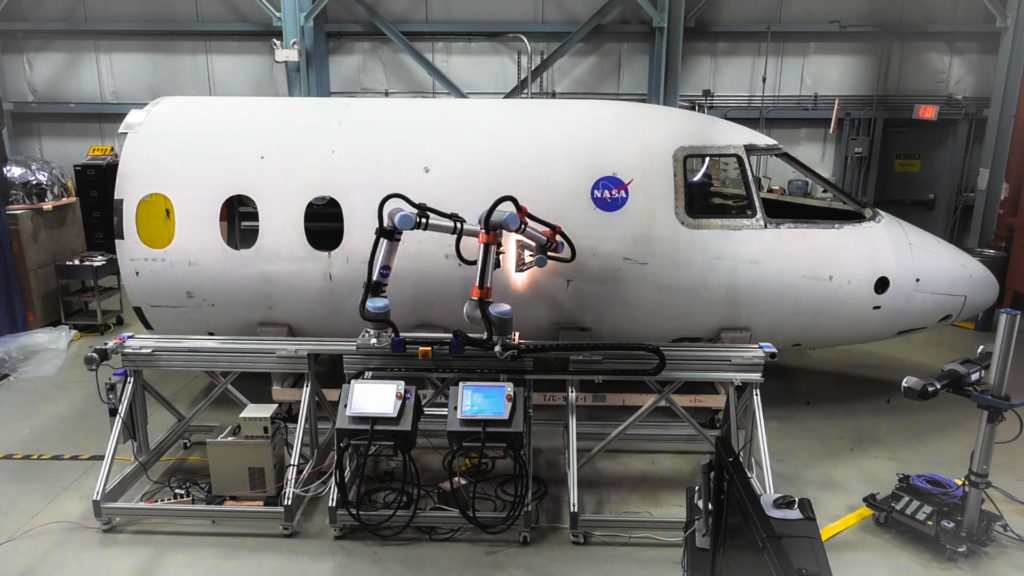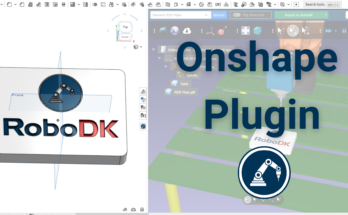How are robots used in the aerospace industry?
And what is the best way for you to get started using robotics in aerospace?
The aerospace industry has experienced a few shakeups recently. Like many aerospace manufacturers, you might be looking for ways that you can improve your operations and continue to thrive despite the difficulties.
There are many interesting and innovative robotic solutions available these days targeted specifically at aerospace manufacturers.
What is possible with modern robotics and are they right for your business?
How Common Is Robotics in Aerospace Engineering?
The aerospace industry has long been one of the leading manufacturing industries. Demand for aircraft has risen steadily for many years. This led to a thriving industry that looked like it would continue to rise for decades to come.
The Covid-19 pandemic did hit the commercial aerospace industry hard. According to a Deloitte report, it’s predicted that demand won’t reach its pre-pandemic levels until 2024. However, the demand for defense and space aircraft remains stable so not all manufacturers are affected.

Robotic automation has been used in aerospace engineering for many years. Common tasks in the industry include drilling, painting, fastening, and inspection.
The need for robots in aerospace is only likely to grow. Aerospace manufacturers are using this time of uncertainty to focus on making their supply chains more resilient. Robots have been shown to be a great tool for improving supply chain resiliency across industries. There is no reason why this isn’t also possible for the aerospace industry.
3 Ways Robotics Can Overcome Aerospace Industry Challenges
The aerospace industry faces more challenges than most.
High levels of regulation often make it hard for aerospace manufacturers to innovate their processes. This has sometimes made it difficult to introduce newer robot applications while keeping within the regulations.
But, robots can help to overcome those challenges inherent in aerospace manufacturing.
Here are 3 common aerospace industry challenges that robots can help to overcome:
1. Overcome Capacity Issues
Scaling has traditionally been difficult for aerospace manufacturers. It’s common to rely on smaller, local manufacturers who adhere to aerospace regulations. This made it difficult to scale operations.
Since Covid-19, this situation is now a huge opportunity as onshoring is now less risky than offshoring. Robots are a tried and tested way to increase production in smaller facilities.

2. Improve Supply Chain Resilience
The new decade has shown that supply chains are not as dependable as we perhaps thought they were. A series of world events have sent global supply chains into a tailspin.
Robots are a reliable way to improve supply resilience and there are many good questions you can ask yourself when considering supply chain robotics.
3. Facilitate Innovation
Innovation is relatively slow in the aerospace industry in comparison with to other manufacturing industries. Unlike, say, the electronics industry, the regulations hold back manufacturers from making huge, sudden changes… and with good reason.
Robots can be a great way to add incremental innovation to your manufacturing processes while still cohering to these stringent regulations.
The Most Effective Way to Approach Aerospace Robotics
The general rule of thumb with any robot deployment is to start small with an application that will bring you a rapid and significant return on investment.
Which application is right for you will depend on the specific needs of your manufacturing tasks.
Perhaps you will go for a well-established robotic application in aerospace, such as fastening. As Dan Friz from KUKA Systems said in an interview in 2016 “Fastening is to the aerospace industry what welding is to the automotive industry.”
Or perhaps there is a more pressing application that would make a bigger impact on your business.
Whatever application you choose, you want to make programming that application as simple as possible…
4 Innovative Ways RoboDK Has Been Used for Aerospace Tasks
How do you make programming your robot simple?
Many people choose RoboDK. Its intuitive interface and extensive functionality make it easy for you to program a huge range of tasks, whatever robot brand you use.
Here are some examples from the aerospace industry where RoboDK users have achieved some impressive developments:
- Airplane Washing — Wilder Systems specializes in cost-effective robotic solutions for aircraft manufacturers. They used RoboDK to program their drive-thru aircraft washing system. Read the case study here.
- Propeller Blade Polishing — Kane Robotics is an automation integration company that primarily serves the aviation and aerospace sector. They used RoboDK to polish propeller blades to cohere with FAA guidelines. Read the case study here.
- Accurate Hole Drilling — Hole drilling is a very common task in the aerospace industry, with hundreds of holes often drilled in close proximity. Fabrication studio Neoset Designs used RoboDK to follow the same approach but for an artwork designed by Robert Longo. Read the case study here.
- Multi-Robot Inspection — NASA aircraft require detailed inspection, as do all aircraft. NASA’s Langley Research Center used RoboDK to program a multi-robot inspection setup. Read the case study here.

If you are looking to improve your aerospace engineering with robotics, RoboDK might be the right solution for your programming task.
You can find out more about RoboDK on our product page. If you need an even easier programming tool, our handheld tool TwinTrack might be the right option.
Which robot application would make the most difference in your aerospace facility? Tell us in the comments below or join the discussion on LinkedIn, Twitter, Facebook, Instagram, or in the RoboDK Forum.




